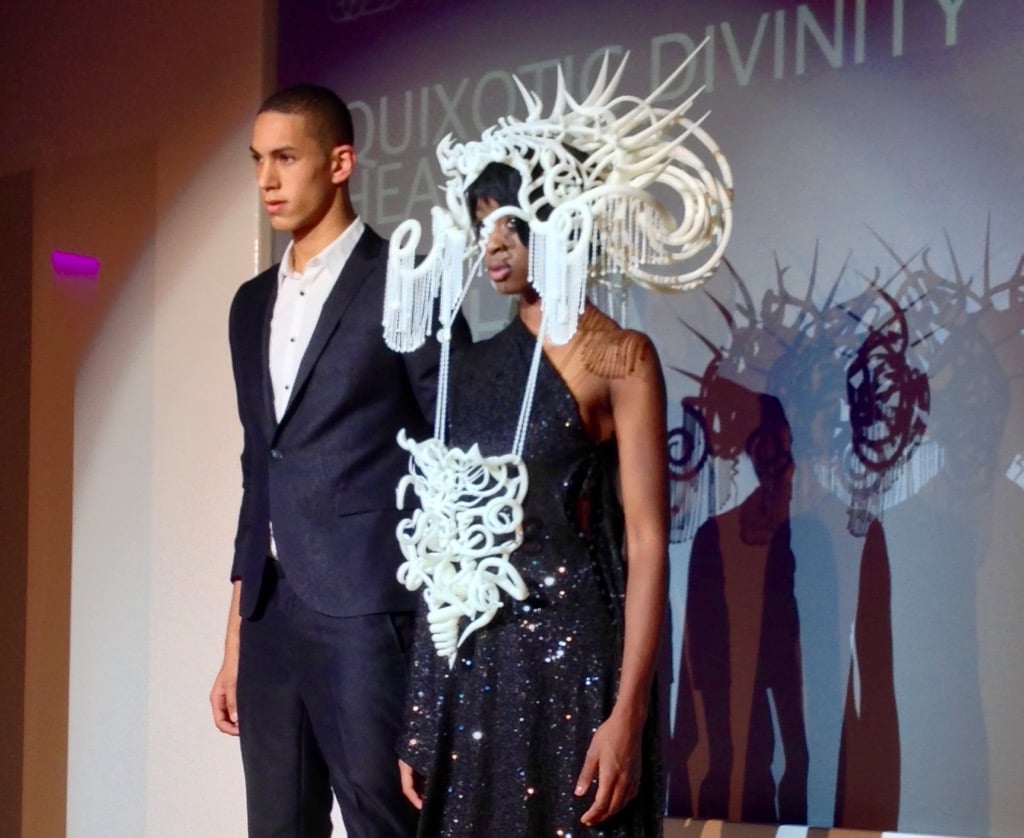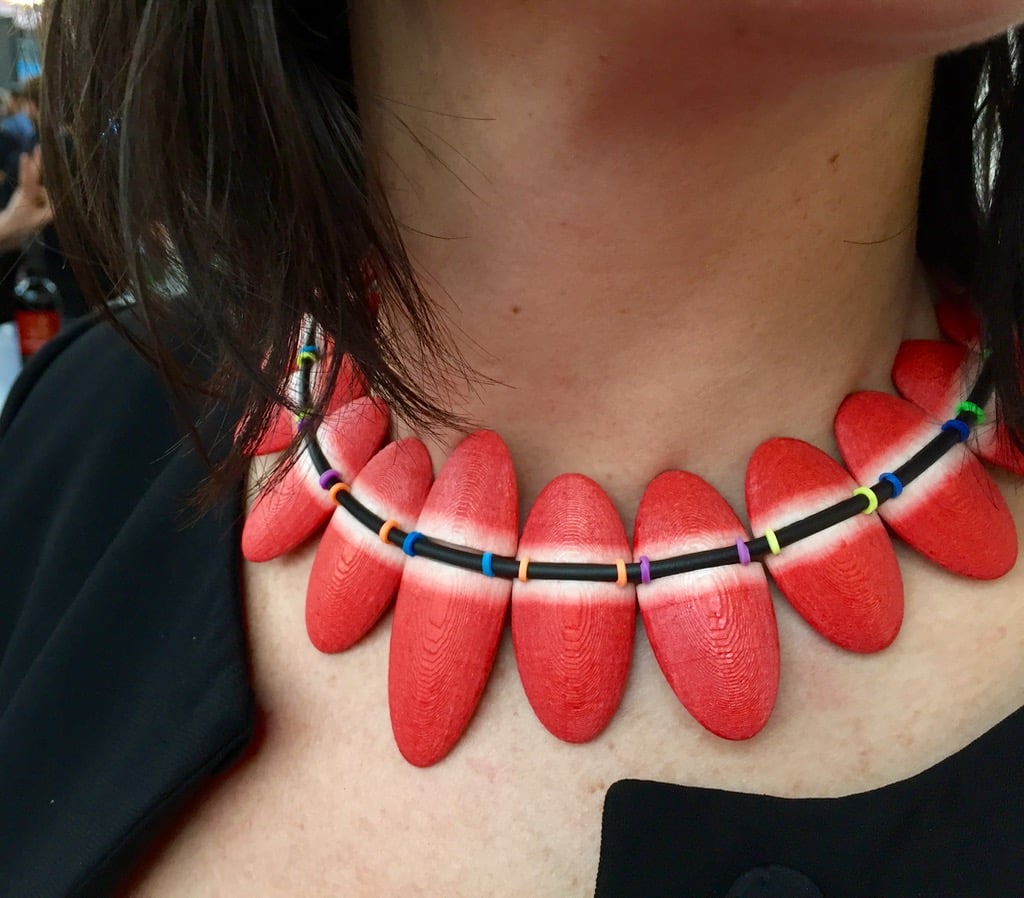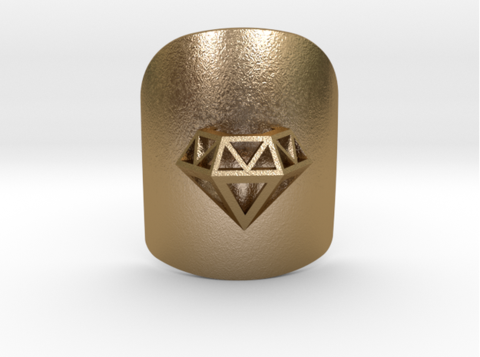Every once in a while, we see spectacular 3D printed fashions displayed on a runway by supermodels. But are these pieces practical?
In general, they’re not for several reasons.
First and perhaps most importantly, they’re simply too expensive to produce. Since 3D prints are priced by volume of material, the larger the item, the more expensive it can be. Some larger pieces we’ve witnessed likely cost tens of thousands of USD$, a price far out of range of most buyers.
While there definitely are very high-priced non-3D printed fashions available and sold, the market for 3D printed items is far smaller at this time and thus there will be proportionately fewer buyers and perhaps even none that would afford the high prices.
Secondly, some 3D printed fashions are quite delicate. Some pieces you may have seen in fancy 3D printed fashion shows have actually been damaged and repaired, if you look very closely. This is probably an unacceptable characteristic for expensive pieces.
Larger prints also tend to be quite heavy and impractical for daily or even incidental wear. The incredible piece shown at top, for example, required assistants to escort the supermodel down the runway, lest she fold up under the weight of the headdress.
In spite of these barriers, we still think 3D printed fashion has a place, although it may not immediately be for the shoe market, as we see here. We spotted this fellow wearing self-printed flexible 3D printed shoes. That’s something only DIY hobbyists would attempt at this time.
Where we do see success is from smaller items that can be quite creative, yet are still small enough to demand only moderate prices from buyers.
One area is jewelry, where pieces are highly visible, yet still small and thus practical. Shown here is a good example, a stunning 3D printed necklace designed with Anarkik 3D software and produced on an MCOR Iris HD 3D color printer.
Another area we expect to see become viable 3D printed nails, which are perhaps the smallest commonly available fashion item. Nails are big enough for creative design, yet still inexpensive to produce and sell. This is the market CLAWZ pursues, and we expect to see an explosion of inexpensive products from them and similar operations.
So will 3D printed fashions be practical? We think yes, but only in certain circumstances, at least using today’s 3D printing technologies.





